Many production managers know their OEE (Overall Equipment Effectiveness) is too low-but they don’t always know why, or how to react quickly. Identifying the root causes of low OEE is essential for improving operational efficiency and profitability. In this post, we’ll explain how data analysis helps pinpoint the real problems behind falling efficiency, why rapid corrective action matters, and how DBR77 supports the entire OEE improvement process.
What Drives Low OEE in Manufacturing?
Low OEE can result from a combination of factors:
- Unplanned machine downtime caused by breakdowns, operator errors, or material shortages.
- Long setup and changeover times that extend production preparation.
- Low machine performance-cycles running slower than standard.
- High defect rates-products failing to meet quality requirements.
- Micro-stoppages-short, often undocumented process interruptions.
- Lack of standardized work and insufficient maintenance procedures.

How Data Analysis Identifies the Causes
Accurate data on machine run times, downtime, and product quality is the foundation for loss analysis. By recording the reasons for stoppages and errors, you can build statistics and spot recurring issues. Trend analysis-such as increases in micro-stoppages at certain times or on specific machines-enables more targeted decision-making. When combined with a digital twin of your processes, it’s possible to model the impact of identified problems and test solutions virtually before making changes on the shop floor.
The Role of Rapid Response in Regaining Efficiency

Quickly detecting and resolving the root cause of a problem minimizes production losses. A shorter response time means:
- Fewer defective products produced
- Less impact from individual breakdowns on the whole production process
- More stable production flow
The time between detecting a problem and taking action becomes a key indicator of plant efficiency.
Real-World Examples of OEE Improvement
- A home appliance manufacturer improved OEE by 12% in six months after implementing machine data analysis.
- An automotive factory raised OEE by 8% by reducing average changeover time by 15 minutes per shift.
- A plastics processing plant reduced micro-stoppages by 25% thanks to automatic machine stoppage data collection.
How DBR77 Analyzes the Causes of Low OEE
DBR77 collects data on every production cycle, downtime event, and product quality outcome. The platform automatically identifies:
- The most frequent types of downtime
- Machines and processes generating the largest losses
- Operational patterns that lead to failures or reduced performance
With its digital twin, DBR77 also allows you to simulate the effects of corrective actions before implementing them in real production.
Benefits of Automated Alerts

Automated alerts provide immediate notification of detected anomalies (such as performance drops below a set threshold). The system enables instant reactions to rising defect rates or extended changeovers, and alert thresholds can be configured for different roles-operators, shift leaders, or production managers. This automation reduces the time spent manually checking production status and ensures that problems are addressed as soon as they arise.
Challenges in OEE Data Analysis
- Data quality: Lack of standardized reporting for stoppages and errors can hinder analysis.
- Complexity: Combining data from different systems (ERP, MES, IoT) requires robust integration.
- Interpretation: Without proper visualization tools, data can be hard to understand.
- Team engagement: Success depends on involving production teams in collecting and verifying data.
Practical Steps to Improve OEE
- Implement real-time data collection systems
- Automatically record reasons for downtime
- Analyze OEE indicators daily and hold quick production meetings
- Train teams to interpret OEE data
- Identify and act on quick wins for improvement
- Build a continuous improvement plan based on data-driven insights
Impact on Plant Profitability

Improving OEE directly translates to:
- More finished products with the same operational costs
- Reduced material and energy waste
- Shorter order lead times and higher customer satisfaction
- Greater competitiveness and profitability in the market
Ready to uncover and eliminate the causes of low OEE?
Explore how DBR77’s data-driven platform and digital twin technology can help you identify losses, react faster, and drive sustainable improvements in your manufacturing operations.
Finally, we invite you to listen to our podcast, where we discuss the latest trends and practices in data-driven manufacturing. Subscribe to us on your favorite streaming platform so you don’t miss future episodes where we share inspiration, expert interviews and practical tips for production leaders.
Subscribe to stay up to date
https://factoryonair.buzzsprout.com
Book a free session with a DBR77 expert and see how our platform works in action.
Let’s talk: Book a meeting
Until we hear from you!
